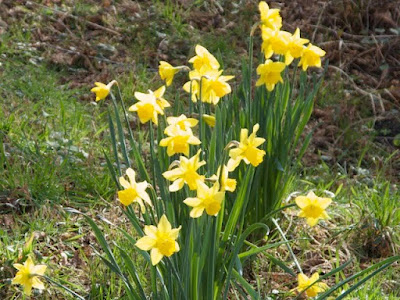In the blog post on February 1st, I began a summary of an article written by R. Scott Byram for the Oregon Historical Quarterly. This is a continuation of the story of the killing of Hudson Bay fur trappers on Beaver Creek in 1832, and the consequences that occurred.
Two men and one woman had established a winter camp at Beaver Creek Marsh in the winter of 1832, and had amassed a large quantity of furs without permission from local Native groups [see previous post]. The author of the article referenced three historic accounts of the incident, and related its aftereffects. Previously mentioned was the attack by the people of the woman who escaped murder--an attack that wiped out a large number of Yaquina people.
There is some ambiguity about the identity of the three trappers, though they were likely Hudson Bay Co. (HBC) employees Pierre Kakaraquiron and Thomas Canasawarette out of Fort Vancouver, under the leadership of Chief Factor John McLoughlin. The woman’s identity was not known, though she is called Chinook (however this could simply mean that she spoke Chinook jargon). McLoughlin’s correspondence and reports from the time describe the incident and retaliatory attacks on the Yaquina & Alsea people.
When word got back to HBC headquarters at Fort Vancouver, WA of the trappers’ deaths, John McLoughlin ordered a party under the command of Michel Laframboise to travel to the coast and retaliate. This expedition was told by McLoughlin to attack the “first Killamook group” they came across. It resulted in the death of six innocent people, the capture of women & children who were threatened and later released, and instructions to the remaining villagers to kill the murderers. The villagers were threatened with total massacre if the murderers were not caught and executed. “...McLoughlin’s intelligence informed him that two local Indian people involved in the initial killings were later killed by relatives of those slain by Laframboise’s party.”
The author talks about the different methods of dealing with conflicts--local Native groups had a well-established system of negotiation and appropriate punishments for wrongs committed by community members. The HBC methods were to use violence to protect their interests, and to intimidate and maintain control over the Native people they encountered, which often ended in killing.
Corporal Royal Bensell, who was traveling down the coast with a detachment of Company D, Fourth California Infantry in 1864, gave this report of camping on the Alsea in April of that year. (Company D assisted in transporting area Natives to the Reservation at Siletz). They camped near the mouth of the Alsea on the south side, and described it as an “old Indian graveyard.”
“He wrote that the place ‘is where years ago the “Sixes” fought the Hudson Bay Co., lost some 400 warriors. They are buried in canoes, the prow raised two or three feet in order to give the dead a good start heaven ward.’ ”
“Notably, the name Bensell gave for the tribe, “Sixes,” sounds much like the word for ‘friends‘ in Chinook Jargon, sikhs. If his sources were Alsea, they could have been referring to the Yaquina people. Bensell or his translator likely mistook this word for the name of a south coast tribe near Cape Blanco.”
Though we will never know exactly what happened all those years ago, Byram’s analysis points to events that greatly reduced the numbers of the Yaquina and Alsea people prior to the beginning of the reservation period in 1855. Conditions on the reservation further decimated their populations from starvation and sickness. Only a small number survived all these hardships, and their descendants are among the Confederated Tribes of Siletz today.
Posted by jackie.



































































